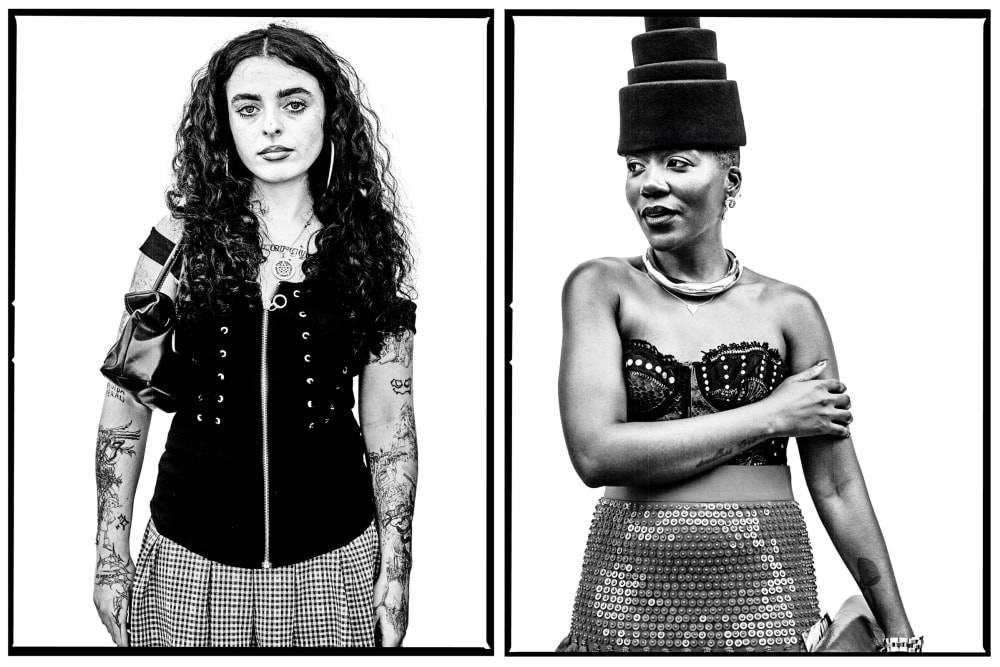For years as a photographer, I found myself in rooms where women’s voices were fewer, yet never less powerful: on set, where light and presence met; in meetings, where vision was debated into being; and behind the scenes of productions, where the smallest decisions determined how a story would unfold. I knew being there was not simply luck, though luck played its part. It was also the result of persistence, vision and hard work. That combination became my foundation, building a sense of confidence and purpose.

At the same time, I began to notice how many women in my field were wrestling with similar questions of self-worth, not because they lacked talent, but because they had been taught to wait for permission that was never needed.
As a former competitive ice hockey player, I learned what it meant to fight for space and recognition. On the ice, I showed up with resilience and heart, even in moments of doubt. Those lessons became my anchor in a male-dominated industry, reminding me that I didn’t need to shrink to fit in. If I could trust my vision, stand my ground, and create more space for other women to do the same, what would their stories look like?
How a cold-email led me to professionally photograph Taylor Swift
That curiosity led me onto the streets of New York City, where over three sessions this year in Harlem, the Lower East Side and Brooklyn, I asked strangers — both men and women — to stop and share a moment of honesty in front of the camera. I then asked them to answer three questions:
• If your heart could speak, what would it say right now?
• What part of yourself do you wish was seen more clearly?
• If you could reveal one hidden piece of yourself, what would it be?
Their responses were tender, surprising, brave, and most of all, authentic. In those unguarded moments, I discovered a kind of strength that is too often overlooked — the strength to show up as yourself, the strength to be vulnerable. To me, that’s power in its purest form.
It was through this process that I began to notice a striking difference: women often hesitated to participate more than men before saying yes. That reticence spoke volumes. It reflected how deeply many of us are taught to manage how we are seen, to curate before we appear, to second-guess before stepping forward. And yet, every woman who did consent turned that hesitation into glowing presence.

One of my subjects in the Lower East Side, Shaquita Garcia, affirmed her presence beautifully when she posted: “Walking the streets of New York as my authentic self is one thing, but for a fellow artist to see that in me is the prize.” When asked what part of herself she wished others saw more clearly, she responded simply: “My heart.”














